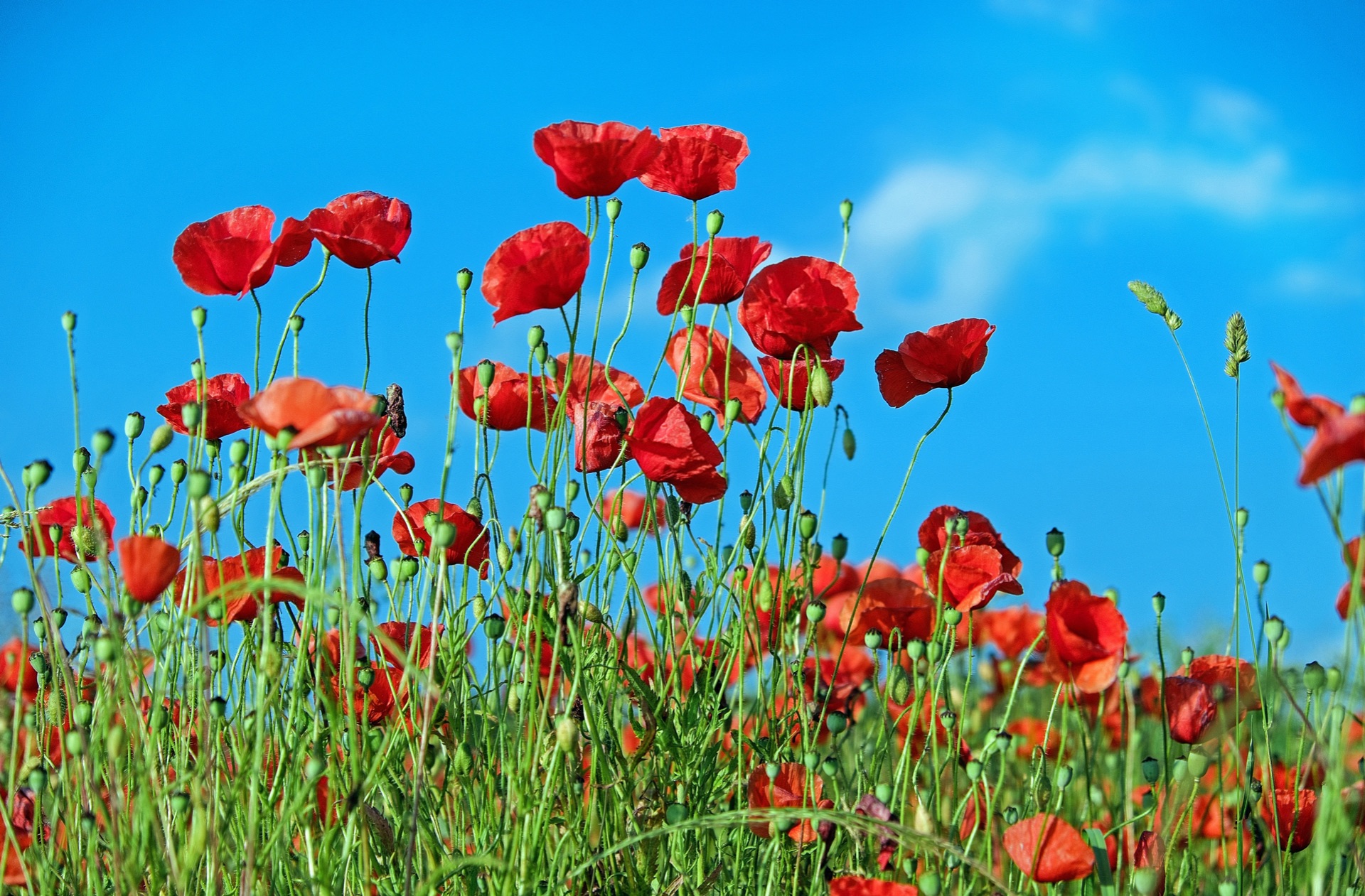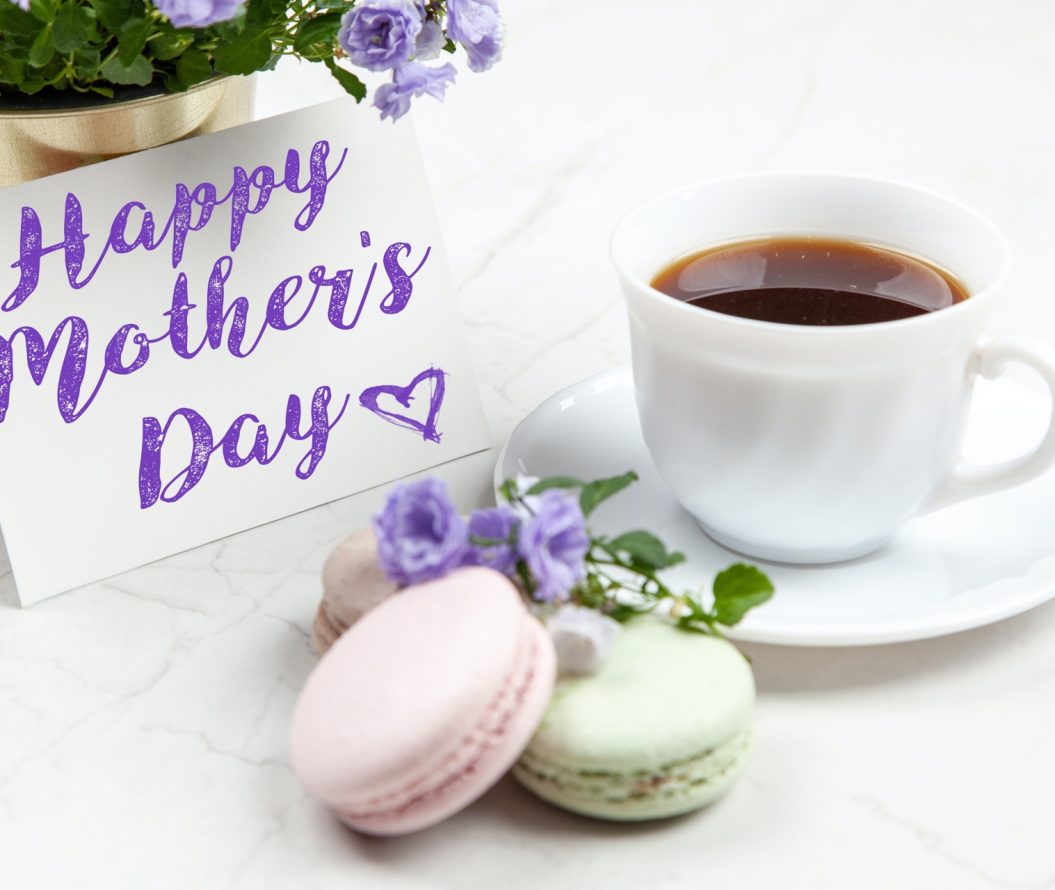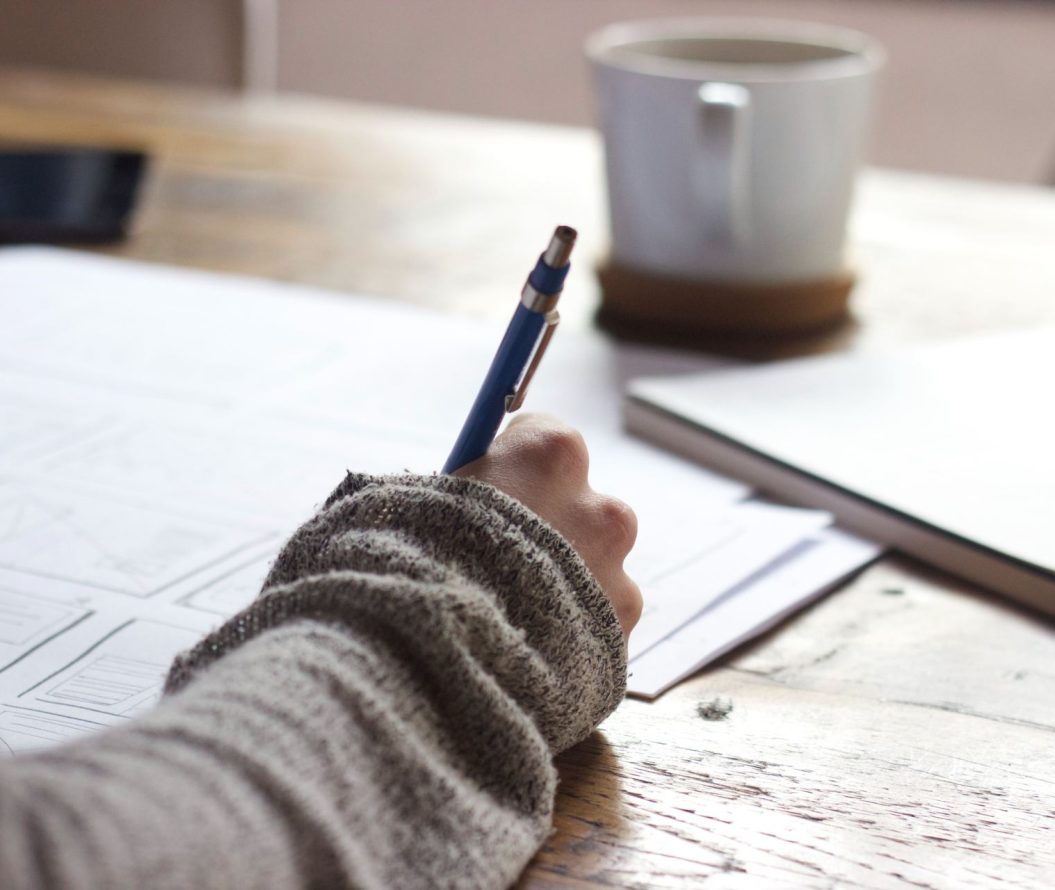Hi there! My name is Alex and I'm currently undertaking my Creative Writing PhD at the University of Lincoln. I'm a big fan of lots of streaming services, books, and am a published poet! I aspire to be a multi-genre,…

Why We Wear A Poppy
Commemorating the bravery and service of soldiers is a practise that spans the whole world, and everyone has their own…
November 5, 2022,
read.
Commemorating the bravery and service of soldiers is a practise that spans the whole world, and everyone has their own traditions – but why do we in the UK wear a poppy?
The poppy flower has become a strong symbol of remembrance relating mostly to the First World War, due to how the flowers became an overwhelmingly common sight on the battlefield – especially on the Western Front. The flowers were able to thrive with growth in the areas where soil had been churned up by fighting and shelling, and where many soldiers lost their lives.
The Poppies of Flanders Fields
The poppy flower was in fact a huge, influential inspiration for the poem ‘In Flanders Fields’, written in 1915 by the Canadian physician Lieutenant-Colonel John McCrae. He wrote this poem shortly after the funeral of his dear friend Lieutenant Alexis Helmer, who sadly died in combat in the Second Battle of Ypres – he himself was still serving in Ypres when he wrote the poem, which went on to be first published in Punch, after being rejected by The Spectator. The poem is told from the perspective of a dead soldier, and references the continual growth of poppies after people have lost their lives to battle. Here is the poem below:
In Flanders fields the poppies blow
Between the crosses, row on row,
That mark our place; and in the sky
The larks, still bravely singing, fly
Scarce heard amid the guns below.
We are the Dead. Short days ago
We lived, felt dawn, saw sunset glow,
Loved and were loved, and now we lie
In Flanders fields.
Take up our quarrel with the foe:
To you from failing hands we throw
The torch; be yours to hold it high.
If ye break faith with us who die
We shall not sleep, though poppies grow
In Flanders fields.
Moina Michael and her Poppies
In 1918, in response to McCrae’s poem, American humanitarian Moina Michael wrote the poem ‘We Shall Keep the Faith’. After the war was over she returned to her job at the University of Georgia, and when teaching a number of disabled servicemen realised the need to provide financial and occupational support for them. She came up with the idea of selling silk poppies to help raise funds, in order to properly support and care for disabled veterans. In 1921, these efforts led to the poppy being used as a symbol of remembrance for war veterans by the American Legion Auxiliary, and by Earl Haig’s British Legion Appeal Fund.
Artificial poppies were first sold in Britain in 1921 to raise money for the Earl Haig Fund, and were supplied by Anna Guérin – she had already been manufacturing commemorative poppies in France, in order to raise money for war orphans. Selling poppies proved so popular that in 1922 The Royal British Legion (previously known as the Earl Haig Fund) founded a factory to produce its own, and it continues to do so today, being based in Richmond in Surrey.
The Royal British Legion today continue to act as a charity, supporting members and veterans of the British Armed Forces. They are responsible for the ‘Poppy Appeal’ as we all know it today, which is particularly prevalent around the time of Armistice Day on November 11th. Funds from selling poppies are used by the charity to provide a number of initiatives around welfare which include rehabilitation, help with employment and independent living. To this day it continues to employ disabled veterans and makes approximately 36 million poppies each year.
As well as the red poppy, a number of other styles of the unique flower have been designed and adopted over time. For instance, white poppies are sometimes worn by people who identify as pacifists, or to sometimes represent casualties of war who weren’t people in active service, including civilians. Also, a purple poppy is often worn by people who wish to commemorate animal victims of war. However, there are worries among some who feel that the symbol of the poppy has been appropriated to justify patriotism and ongoing conflict, while others suggest the meaning has diminished as a result of over-commercialisation.
Despite this though, no-one can deny all the good that has come from the selling and circulation of poppies. Not only do they help raise funds for veterans who need important support, but they also act as an important symbol of commemoration, helping bring comfort to so many people affected by war, past and present – at the end of the day, that is what truly matters, and that’s what makes wearing a poppy a truly good thing to do.



